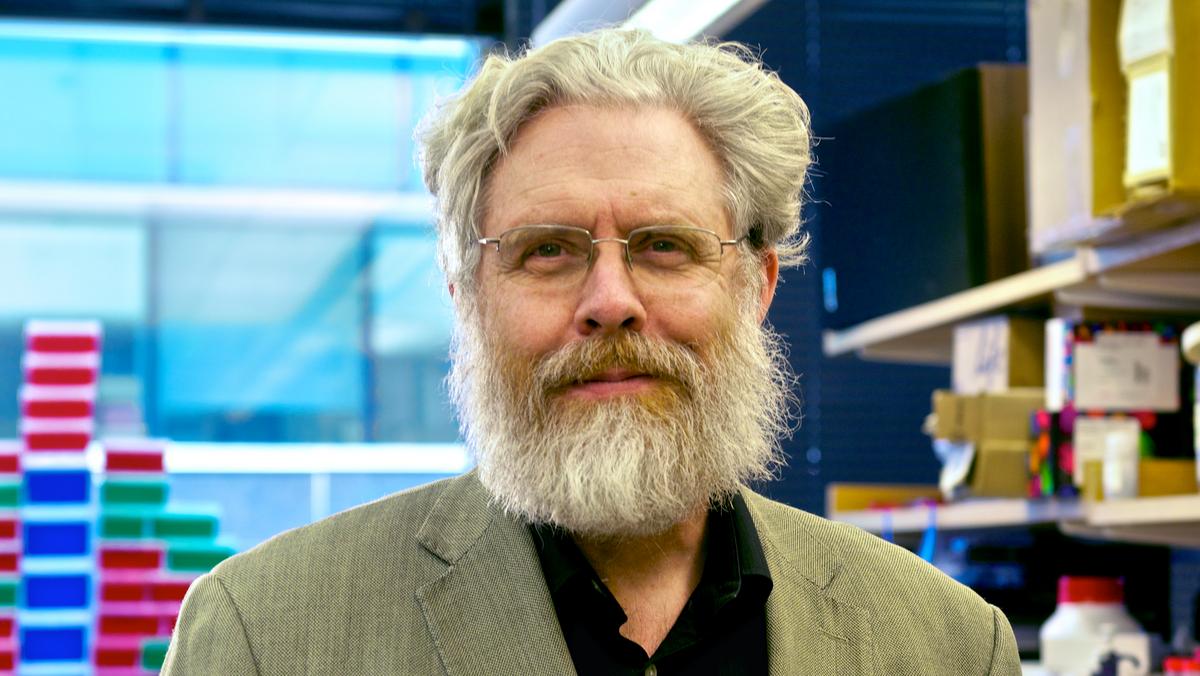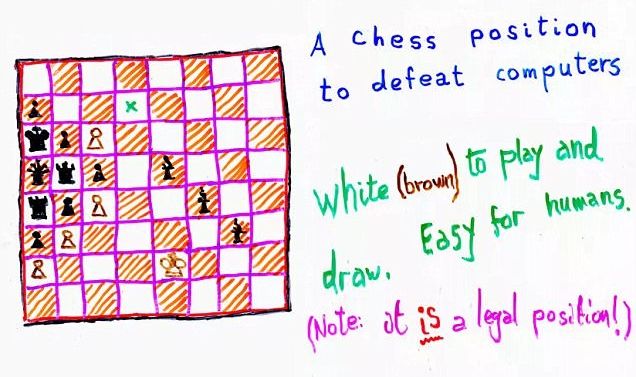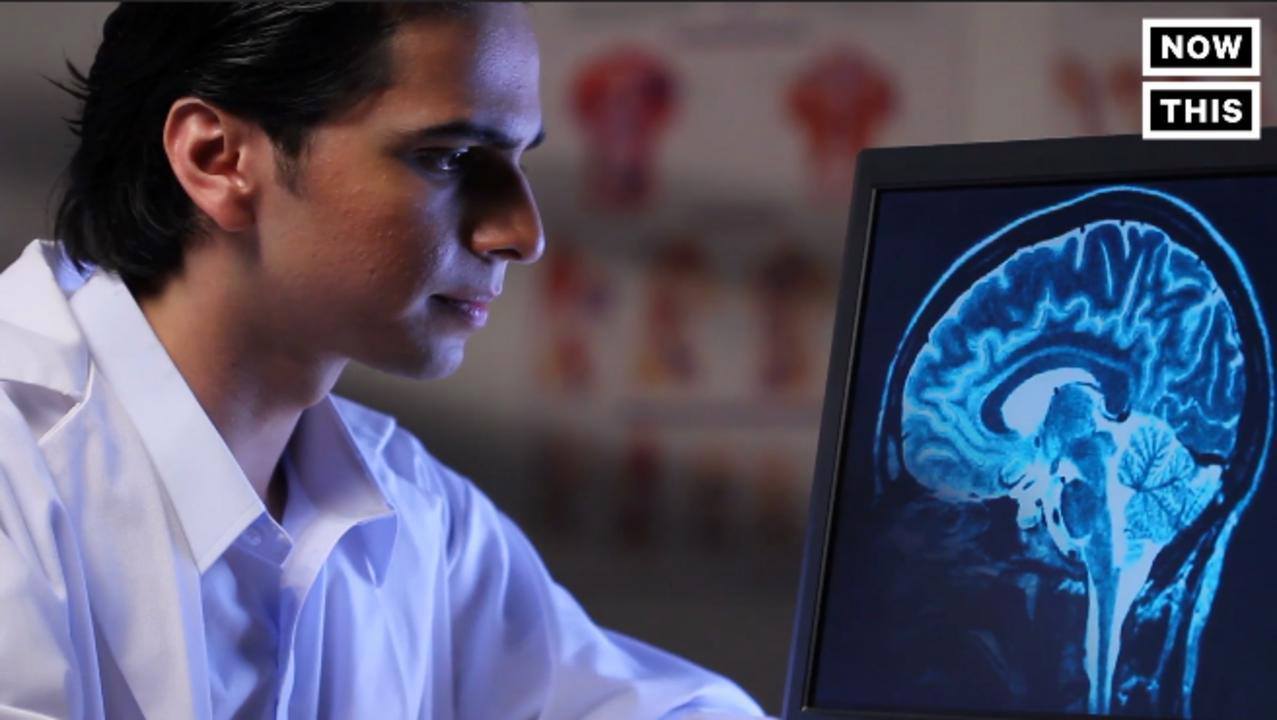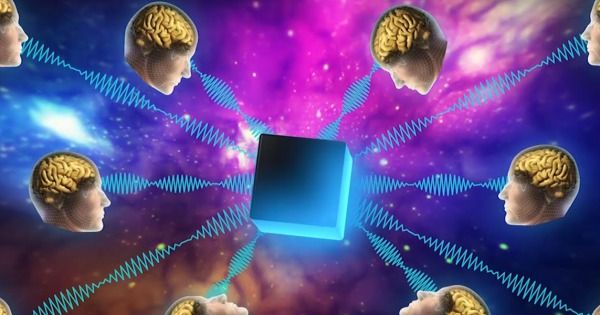Tech big shots are charging into neuroscience, but do they even have a clue?
Category: neuroscience – Page 926
George Church is very interested in your memories now.
Harvard researcher George Church is looking for people with exceptionally good memory to take part in a study aimed at finding genetic mechanisms that boost memory in research that could one day result in better drugs or diagnostic tests.
Church and other researchers at Harvard’s Wyss Institute for Biologically Inspired Engineering and Harvard Medical School’s Personal Genome Project, in collaboration with Lumos Labs — the makers of the brain-training game Lumosity — will look for common genetic markers in individuals with exceptional memories, attention and reaction speeds.
Coffee turns up some interesting properties and it isnt the caffeine in that is the star of the show.
Could coffee be a geroprotector?

Many people like to start the day with a hot cup of coffee to help get their motor running, but there could be more to this popular beverage than meets the eye. Nothing quite like the taste of hot fresh coffee and it is no surprise it has been the drink of choice in many cultures for centuries. Coffee has also long been associated with having geroprotective properties, meaning it is a substance that protects against the aging process.
A number of epidemiologic studies suggest that drinking coffee can reduce the risk of Alzheimer’s and Parkinson’s disease. Based on the cardiovascular risk factors, aging and dementia studies, the consumption of 3–5 cups of coffee a day is associated with a reduced risk for Alzheimer’s in later life. Some studies have suggested the reason coffee is beneficial is due to caffeine and its antioxidant properties, however a study in 2015 found there was no significant difference between caffeinated or decaffeinated coffee so something else other than caffeine must be responsible for its protective properties.
A team of engineers at the University of California San Diego and La Jolla-based startup Nanovision Biosciences Inc. have developed the nanotechnology and wireless electronics for a new type of retinal prosthesis that brings research a step closer to restoring the ability of neurons in the retina to respond to light. The researchers demonstrated this response to light in a rat retina interfacing with a prototype of the device in vitro.
They detail their work in a recent issue of the Journal of Neural Engineering. The technology could help tens of millions of people worldwide suffering from neurodegenerative diseases that affect eyesight, including macular degeneration, retinitis pigmentosa and loss of vision due to diabetes.
Despite tremendous advances in the development of retinal prostheses over the past two decades, the performance of devices currently on the market to help the blind regain functional vision is still severely limited—well under the acuity threshold of 20/200 that defines legal blindness.
“If the doors of perception were cleansed everything would appear to man as it is, Infinite.” –William Blake Cc Neurohacker Collective.
Biometrics – technology that can recognise individuals based on physical and behavioural traits such as their faces, voices or fingerprints – are becoming increasingly important to combat financial fraud and security threats. This is because traditional approaches, such as those based on PIN numbers or passwords, are proving too easily compromised. For example, Barclays has introduced TouchID, whereby customers can log onto internet banking using fingerprint scanners on mobile phones.
However, this is not foolproof either – it is possible to forge such biometrics. Fingers can after all be chopped off and placed by impostors to gain fraudulent access. It has also been shown that prints lifted from glass using cellophane tape can be used with gelatine to create fake prints. So there is a real need to come up with more advanced biometrics that are difficult or impossible to forge. And a promising alternative is the brain.
Emerging biometric technology based on the electrical activity of the brain have indeed shown potential to be fraud resistant. Over the years, a number of research studies have found that “brainprints” (readings of how the brain reacts to certain words or tasks) are unique to individuals as each person’s brain is wired to think differently. In fact, the brain can be used to identify someone from a pool of 102 users with more than 98% accuracy at the moment, which is very close to that of fingerprints (99.8% accuracy).
A chess problem could help scientists finally unravel whether quantum theory can explain human consciousness.
Oxford professor Sir Roger Penrose created the puzzle to prove the human mind can never be matched by a computer because it exhibits quantum effects.
This means the brain doesn’t follow the rules for the classical properties of matter like a computer.
Bioquark, a biotech company based in the United States, has been given the go-ahead to begin research on 20 brain-dead patients, in an attempt to stimulate and regrow neurons and, literally, bring the patients back from the dead.
The technique is new and untested so the study will likely be controversial. By implanting stem cells in the patient’s brain, in addition to treating the spinal cord with infusions of chemicals and nerve stimulation techniques (both of which have been shown to bring people out of comas), they hope to reboot the brain and jump-start neural activity.
The result could be people coming back to life.
In Brief
- Your thoughts are your own, right? Perhaps not. New technology is bringing that day closer when the unscrupulous may actually be able to hack human thoughts.
- It raises a number of new ethical concerns for this brave new world we’re entering with each rotation of the Earth.
Everyone is familiar with the concept of hacking. It is why we all strive to protect our computers and smartphones from nefarious outside sources trying to break in to steal information, implant malware, etc. Hackers pose a threat to everyone from teenage smartphone users to the computer databases of government organizations. Hacking is a threat that we are all familiar with, and something that many know how to protect against. But, as the line between science and science fiction blurs, even hacking is getting a futuristic upgrade. Recently, at the Enigma Security Conference, University of Washington researcher and lecturer Tamara Bonaci revealed technology that could be used to essentially “hack” into people’s brains.
She created this technology around a game called Flappy Whale. While people played the game, the technology was able to covertly extract neural responses to subliminal imagery in the game like logos, restaurants, cars, etc. Now, hacking into people’s underlying feelings and thoughts about seeing a fast food restaurant doesn’t seem like it could cause much harm, but this technology has the potential to gather much more intimate information about a person like their religion, fears, prejudices, health, etc. This technology could evolve from an interesting way to understand human response to a military device. The possibilities range from an incredibly useful research tool to a potentially frightening interrogation device.







